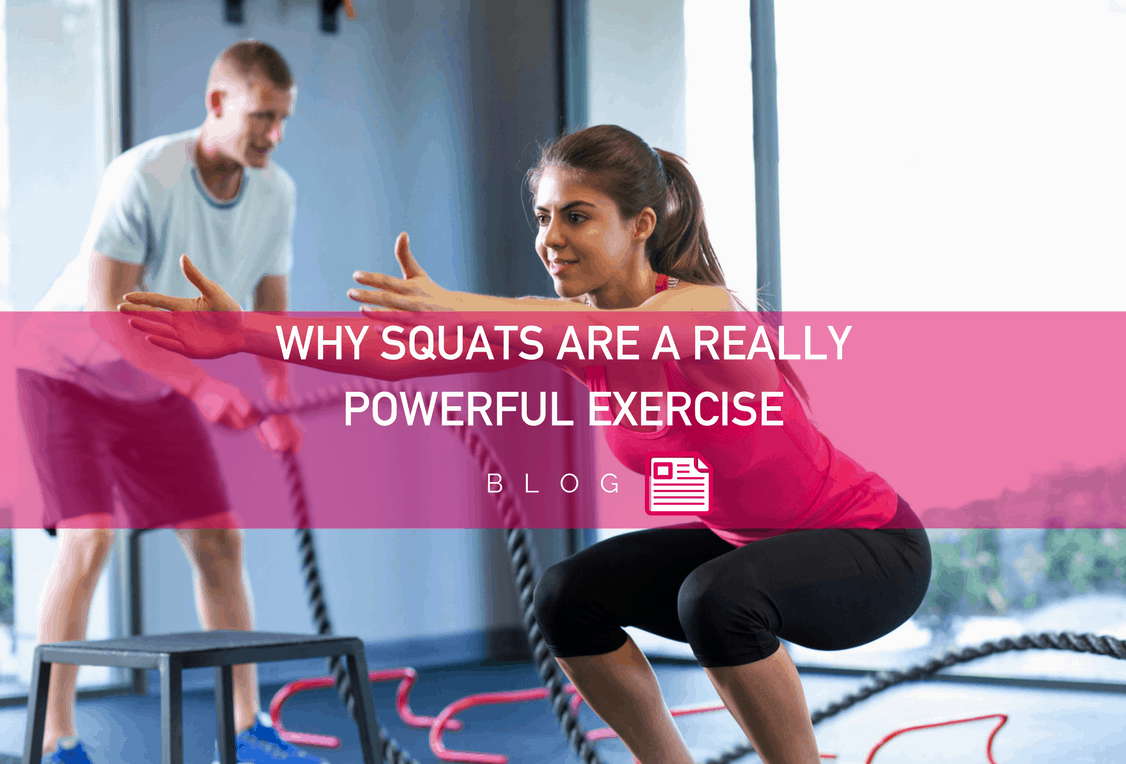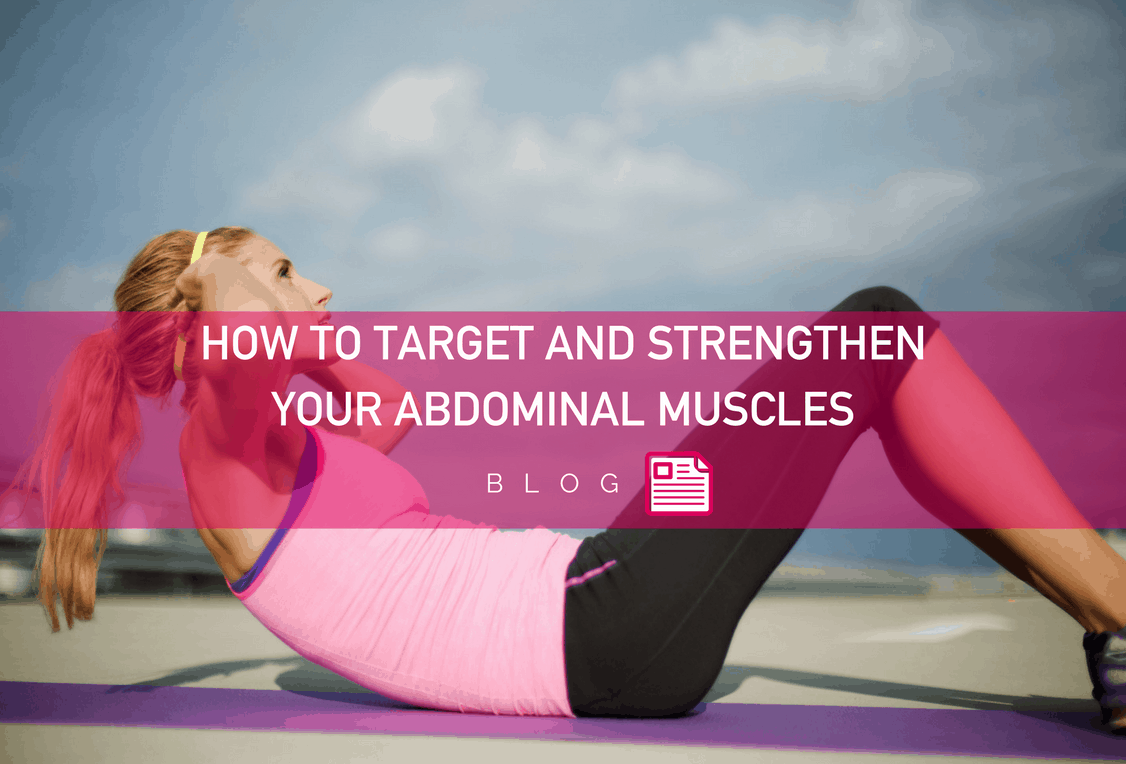
When exercising, one of the most fundamental and functional movements is a basic squat. There are so many modifications for beginners and variations to make them harder – they really never get old.
So you may be wondering what makes squats such a powerful exercise. After all, they seem like a pretty basic move. Well, there are a few very good reasons why squats should definitely be part of your regular exercise routine.
Functional Movement
Functional movements are powerful. They not only tone and tighten your muscles, but they also put your body through everyday movements, making you move more efficiently overall.
As we age, the importance of functional movements become apparent, especially as we become more sedentary. Movements that used to be easy, like sitting down in a chair or picking up a box, become increasingly harder. By maintaining functional movements in your workouts, you’re promoting total body mobility as you age.
Work Multiple Muscles at Once
Squats help tone and tighten your legs, glute muscles, and core muscles. So while at first glance you may think you’re only working your lower body with squats, you are in fact engaging your upper body too.
What areas in your legs and glutes your squats target mainly depend on your stance and where the weight is distributed (for example, you may be using weights, kettlebell, or a barbell).
How to Perform a Squat Correctly

Maintaining the correct form in every exercise you perform is vital. Bad form when performing squats with weight can be taxing to your knees and back. Here’s how to properly perform a squat:
- Start with your feet a little wider than shoulder-width apart, toes turned out slightly.
- When squatting, the movement should be as though you are about to sit in a chair. Your knees should not go over your toes and your chest should stay up.
- Keep your weight in your heels as you perform the squat, and as you push up into a standing position.
- When you are back in the starting position, squat down and complete the exercise again.
Start with 10 – 12 reps. Work your way up to 20 reps at a time with no weight (or 15 reps with weight).
How to Modify Squats
When you’re new to squats, balance can be challenging. To ease into this exercise, find something to hold onto during your squat. This will stabilize your body and help you complete the squat with good form. A railing is a good go-to!
The following two squat variations are also a great way to change things up:
The Sumo Squat

The Curtsy Squat

If you’re looking for a challenge, adding weight to your squats is a great way to increase the intensity. Barbells, dumbbells, and kettlebells are great for adding a level of difficulty into your basic squat.






 2. Melons
2. Melons 5. Soups
5. Soups
 1. Ball Crunches
1. Ball Crunches 2. Plank
2. Plank 3. Ab Roll Out Using Stability Ball
3. Ab Roll Out Using Stability Ball 4. Cable Wood Chop
4. Cable Wood Chop